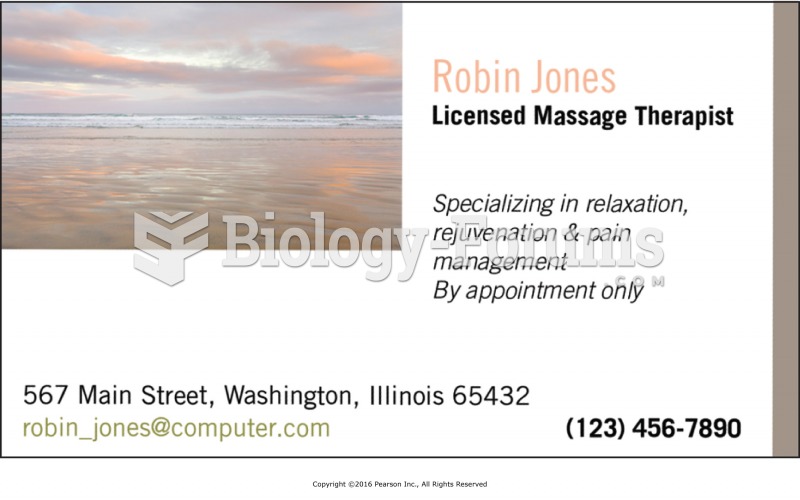Answer to Question 1
Answer: A
Explanation: A) Most business rsums use a classic, conservative design. They should feature simplicity, an easy-to-read layout, effective use of white space, and clear typefaces. Recruiters can pick out the key pieces of information in a matter of seconds.
Answer to Question 2
Answer: Name and contact information is generally the heading of the rsum and should include name, address, email, phone numbers and the URL of your personal webpage or social media site. A brief introductory statement can follow your name and contact information but is optional. If you're still in college or have recently graduated, education is probably your strongest selling point. Present your educational background in depth, choosing facts that support your professional theme. Whether you list your grade point average depends on the job you want and the quality of your grades. The next section can be called Work Experience, Professional Experience, or Work and Volunteer Experience, if you have limited work experience and want to bolster that with volunteer experience. Like the education section, the work experience section should focus on your overall theme in a way that shows how your past can contribute to an employer's future. Use keywords to call attention to the skills you've developed on the job and to your ability to handle responsibility. Emphasize what you accomplished in each position, not just the generic responsibilities of the job. The Activities and Achievements section can be used to highlight activities and achievements outside of a work or educational contextbut only if they make you a more attractive job candidate. In nearly all instances, your rsum should not include any personal data beyond the information described in the previous sections. When applying to U.S. companies, never include any of the following: physical characteristics, age, gender, marital status, sexual orientation, religious or political affiliations, race, national origin, salary history, reasons for leaving jobs, names of previous supervisors, names of references, Social Security number, or student ID number. The availability of references is assumed, so you don't need to put References available upon request at the end of your rsum.







